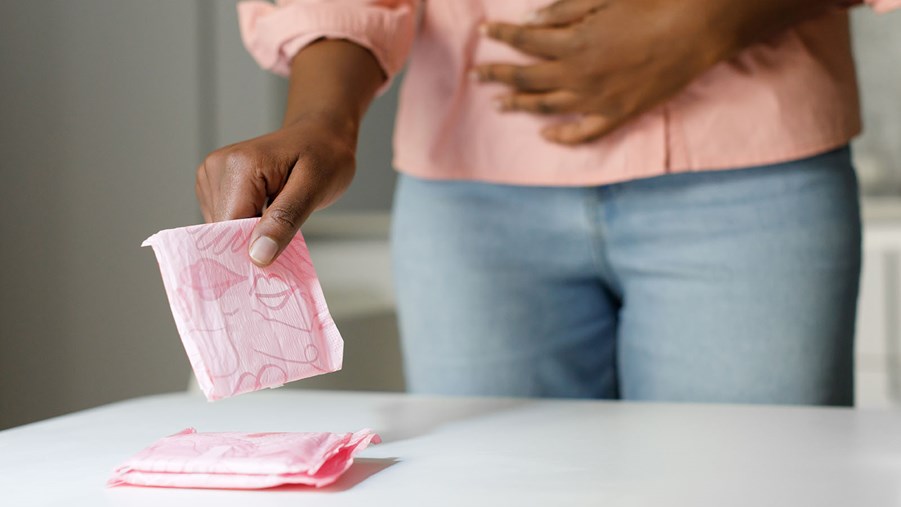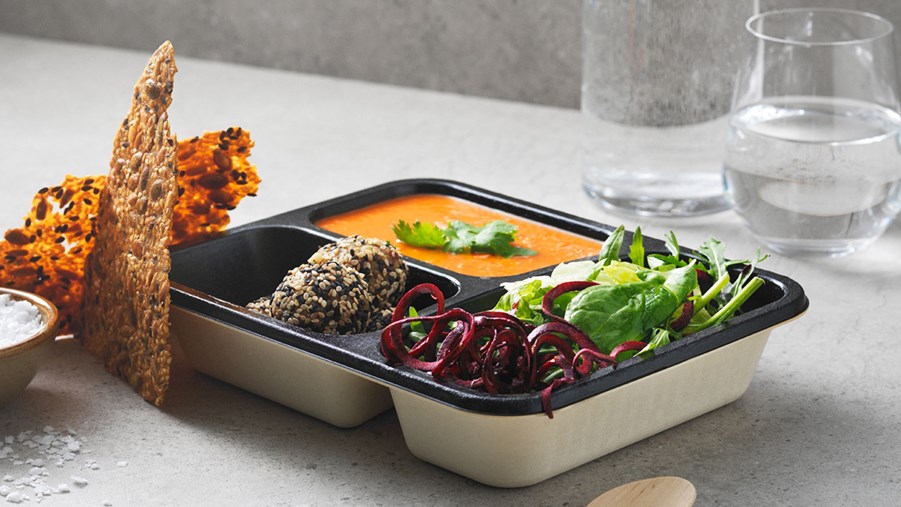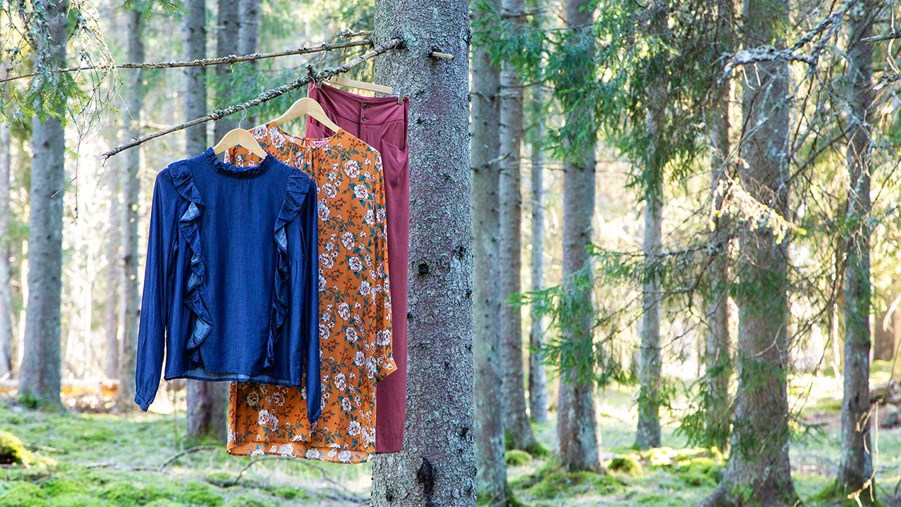
Has it occurred to you that everyday items made from wood fibre can actually save lives, make our lives easier and promote greater equality and democracy?
Personal hygiene products such as toilet paper, tampons and nappies are largely made from fibres that come from the forest. These fibres normally come from wood pulp derived from thin tree trunks, branches and treetops – materials that can’t be used to make planks, boards or similar products.
Fresh fibre
In Sweden, personal hygiene products are often made from fresh fibres. Fresh fibre is used to make various types of soft paper, such as toilet paper and paper towels. Recycled fibre – a mixture of different recycled wood pulps – can also be used to produce soft paper.
The cellulose in wood fibre is essential for making the absorbent material found in products like sanitary towels and nappies. The high absorbency and softness of cellulose make it ideal for these products.
Essential products for public health
Access to personal hygiene products is in many cases crucial for public health. In many parts of the world, the availability of these products can be unreliable. This poses a direct health hazard, particularly for women. According to UN Women (link in Swedish), 500 million women and girls lack access to, or the financial means to obtain, safe and hygienic sanitary protection – without which the risk of serious infection increases and many girls are forced to miss school whilst they are menstruating. In other words, the lack of access to sanitary protection has consequences for individuals as well as society as a whole. When women and girls are forced to absent themselves on a regular basis, the goals of gender equality, poverty reduction and global health cannot be achieved. By extension, forest-based products therefore play a key role in societal development.
Research and innovation
In addition to safeguarding people’s well-being by providing nappies, sanitary towels and bathroom tissue, forests contribute to global health in more innovative ways. Nanocellulose, a material extracted from wood fibres, is used in many types of medical research, including wound dressings that help in treating burns.
Another research project has developed a biobased and biodegradable bonding agent for disposable items, made from airlaid nonwoven. Nonwoven is the paper used for wet wipes, sanitary towels, nappies and similar products. The forest may not have all the solutions, but it certainly contributes significant innovations.


